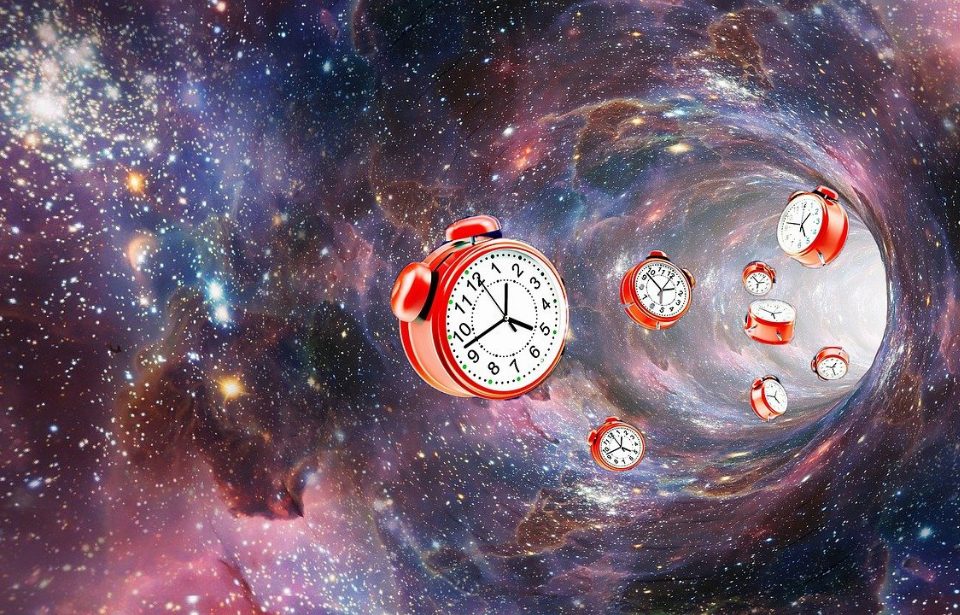Does anyone else feel like they are jet-lagged when daylight saving inevitably hits? Each year, we forget about losing an hour and wake up tired and disoriented. Here are some facts about daylight saving that prove that it’s an outdated practice and we no longer need it! (By the way, we lose an hour this year on November 6, 2022.)
1. Daylight saving time correlates with a spike in heart attacks

According to a Livescience article from 2015, there seems to be a correlation between daylight saving time and increased heart attacks. In fact, according to this study, the number of heart attacks increased 24% on the Monday following a daylight saving time change when people lost an hour of sleep.
However, when people gained an hour of sleep, heart attack numbers fell by 21%. It seems to avoid this spike in heart attacks, daylight saving should just be abolished entirely for the safety of people everywhere.
2. It’s ‘daylight saving time,’ not ‘daylight savingS time’
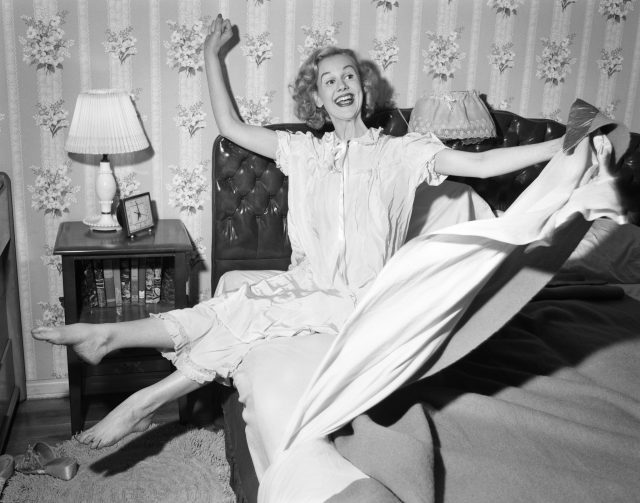
Supposedly, it’s daylight saving time without the letter ‘S’ on the end of “saving.” We don’t know about you, but to us, the phrase “daylight savings time” in its plural form sounds much better than “daylight saving time” in its singular, grammatically correct form.
3. Daylight saving time doesn’t even save electricity

It is commonly believed that the time shift associated with daylight saving is to help conserve energy that would otherwise be spent on electricity and lighting homes. However, according to a study published in Scientific American, daylight saving actually causes Americans to pay more in electricity rather than cut down on that utility. This is thought to be due to extra demand for cooling on summer evenings and heating during spring and fall mornings.
4. Benjamin Franklin thought of daylight saving, but it was a joke
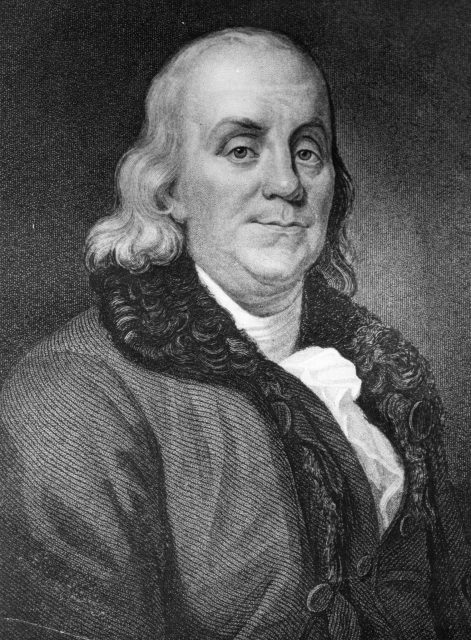
Technically, Benjamin Franklin came up with the idea of daylight saving, but to be fair, he thought of it as a joke. In a letter to the editor written for the Journal of Paris, Benjamin Franklin jokingly suggested that people should get out of bed earlier in the morning to minimize the use of candles and lamp oil. This essay was satirical, but Franklin is nonetheless credited with the concept of daylight saving.
5. Canada was the first country to use daylight saving
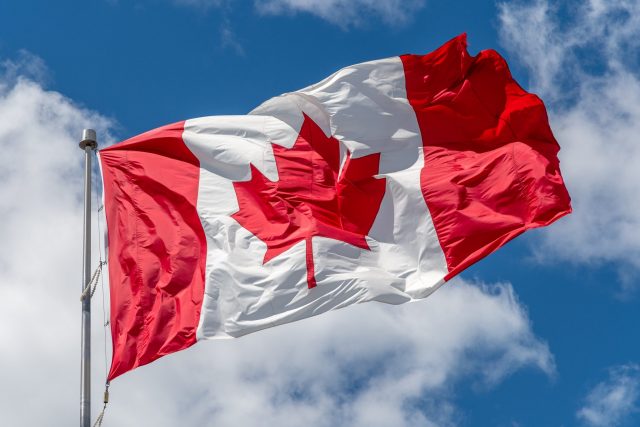
It is widely known that Germany implemented and popularized daylight saving during the First World War, on April 30, 1916. After they introduced it, many other countries followed suit, including the United Kingdom, which introduced its “summer time” a few weeks later.
However, although Germany made daylight saving popular, Canada beat Germany to it by eight years. A small town called Port Arthur, Ontario, first started daylight saving on July 1, 1908, when they turned their clocks forward by one hour.
6. Not every state follows daylight saving
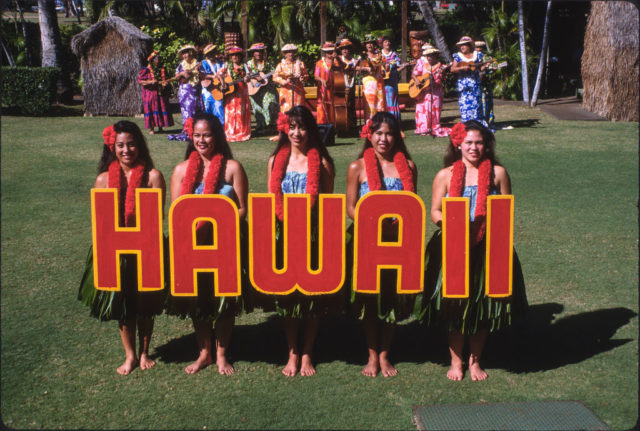
More from us: The Myths and Legends Surrounding the Real St. Valentine’s Day
In recent years, several states have enacted legislation to make daylight saving time obsolete. Hawaii and Arizona (with the exception of the state’s Navajo Nation) do not observe daylight saving time. Similarly, the U.S. territories of American Samoa, Guam, Puerto Rico, the Virgin Islands, and the Northern Marina Islands remain on standard time all year round.
